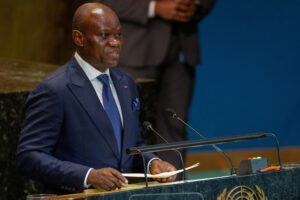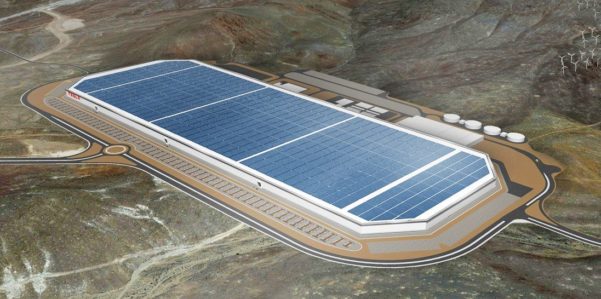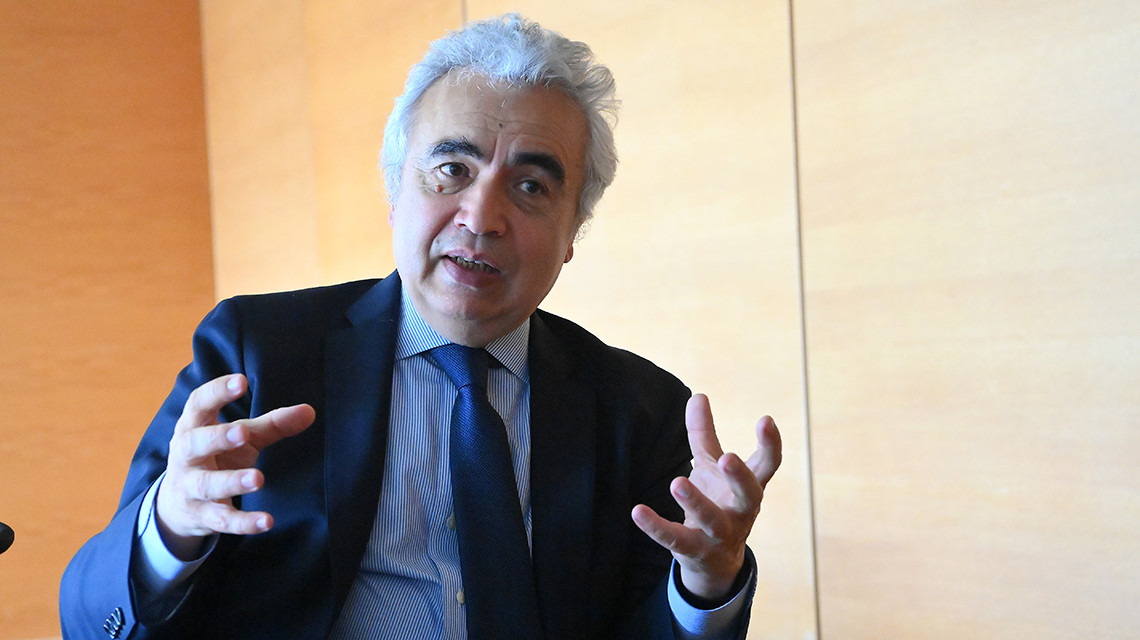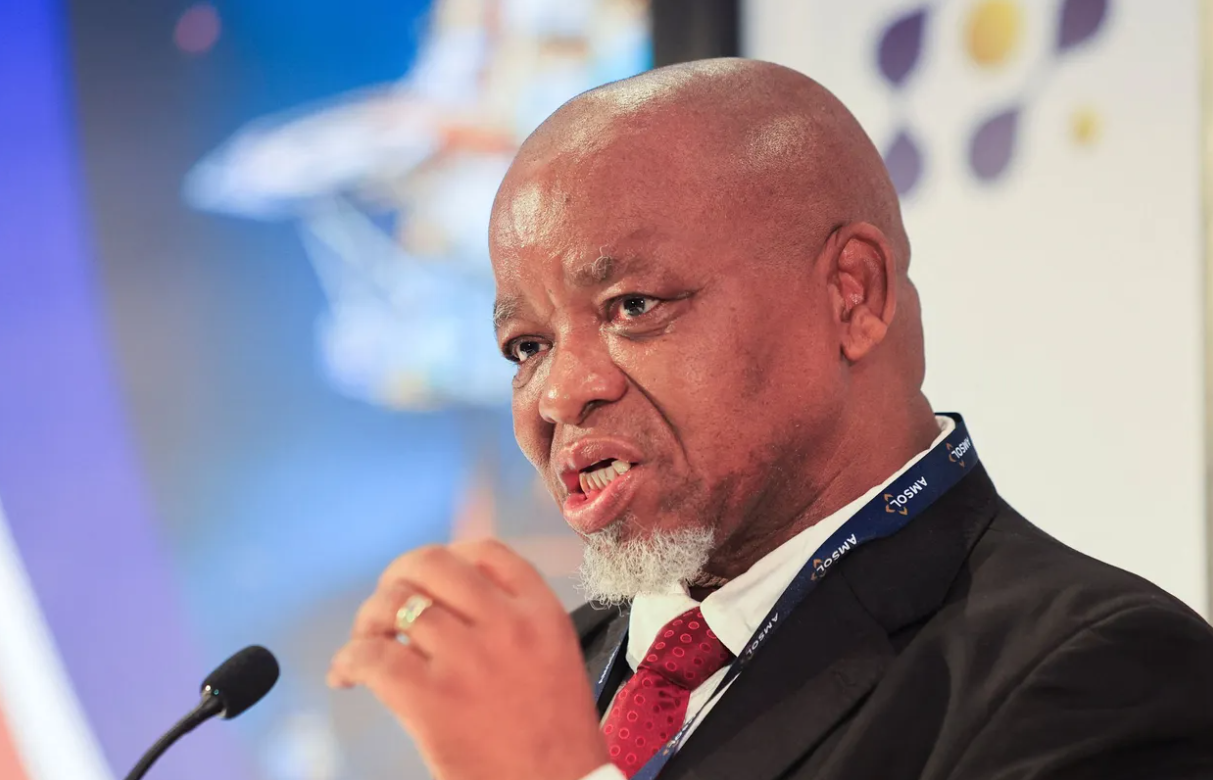With its vast resource base in new energy minerals, Africa’s primary contribution to lithium supply chains is likely to come predominantly via the mining of its extensive resources.
Despite billions invested being made in the development and construction of lithium projects on the continent, Africa has been left only with off-take agreements primarily for lithium ore exports to China. Even with significant lithium resource discoveries being made in Zimbabwe, Namibia, DRC, Ghana, Mali, and other regions of the global south , these countries have all remained in the ore production stages of the supply chain, missing out on vast economic opportunities that could have positively impacted domestic economic growth.
Globally, the world could face lithium shortages by 2025, the International Energy Agency (IEA) says, while Credit Suisse thinks demand could treble between 2020 and 2025, meaning “supply would be stretched”. According to the IEA, about 2 billion EVs need to be on the road by 2050 for the world to hit net zero, but sales stood at just 6.6 million in 2022.
Lithium represents an alternative to relying on fossil fuels. As the lightest known metal on the world, it is now widely employed in electric gadgets ranging from cell phones and laptop computers to automobiles and aircraft.
Lithium-ion batteries are well known for their use in electric vehicles, which are expected to account for up to 60% of new automobile sales by 2030. A Tesla Model S battery, for example, consumes approximately 12 kg of lithium.
The World Economic Forum states that lithium supply faces challenges not only from surging demand, but because resources are concentrated in a few places and over half of today’s production is in areas with high water stress.
Another potential obstacle to getting lithium out the ground and into electric vehicles around the world is the concentration of these resources in a few places.
“China owns basically 70-80% of the entire supply chain for electric vehicles and lithium-ion batteries,” Lake Resources’ Stuart Crow told the Financial Times. The IEA puts China’s share of global lithium chemical production at 60%, and says it accounts for 80% of lithium hydroxide output. “Five major companies are responsible for three-quarters of global production capacity,” it says.
Australia had the highest production in 2021, according to the US Geological Survey, but Chile has the world’s biggest lithium reserves. The South American country is part of the so-called “Lithium Triangle,” along with Argentina and Bolivia.
GlobalData anticipates substantial growth in lithium production until 2024. New mines and capacity expansions will boost global production to 134.7kt in 2024. The majority of this growth will originate from Australia, which is going to maintain its current position with the existing mines ramping up production such as Mount Cattlin and Pilgangoora. Additionally, the expansion of Greenbushes Lithium Operations as well as the resumption of Wodgina, which are both expected to materialize by 2023, will further boost the global output during the forecast period. Other key existing projects include Mount Marion, Salar de Atacama and Salar del Hombre Muerto located in Australia, Chile, and Argentina respectively.












